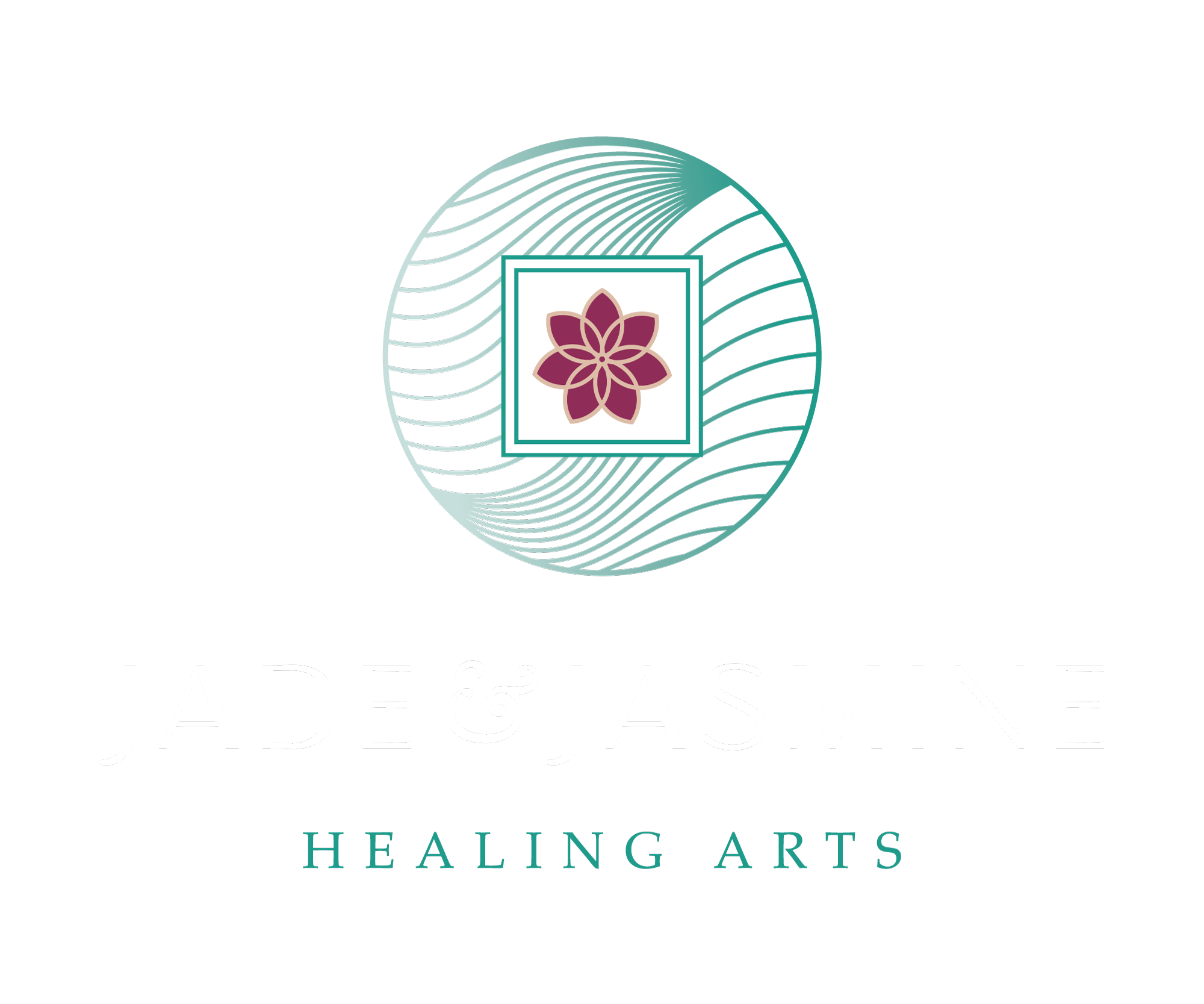Much Ado About Cupping
The ancient practice of cupping was brought to the spotlight during the Olympics when several athletes, most notably swimmer Michael Phelps, the most decorated Olympic athlete of all time, were seen competing with the tell tale round cupping marks on their bodies. While many people had never heard of cupping, it has been practiced for thousands of years and remains popular in Greece, Vietnam, and in Traditional Chinese Medicine. One of the earliest written references to cupping in Chinese medicine is in The Handbook for Prescriptions for Emergencies, written by Taoist herbalist Ge Hong in 281 A.D. The practice was not confined only to Chinese medicine or geographically to Asia, however. One can also find references to cupping in the work of Hippocrates and in carved depictions of medical instruments from Egypt that date back to 1500 B.C.
Cups were originally made using animal horns and bamboo, and today you can also find cups made of glass, plastic, and even silicone. The practitioner creates suction and places the cup on the body. The suction causes the skin and superficial tissues to be gently lifted upwards. This process helps to loosen the muscles, stimulate the flow of blood and lymph, and relax the nervous system. In Chinese medicine we use the cups to draw out pathological influences like cold, toxic heat, or stagnant blood that is no longer circulating properly and may be causing pain and obstruction in the tissues. The marks you see are a result of these pathological influences being drawn to the surface where they can be dispersed by the body. The nature of the marks is diagnostic and we use this information to further inform our treatment strategies. Subsequent treatments will result in less dramatic marks as the correct circulation is restored to the tissues.
Cupping is used to relieve pain and tightness in the back, neck, and shoulders. We also use cupping to relieve chest congestion from the common cold or asthma. Sometimes we focus on certain acupuncture points or meridians, whereas other times we slide the cups over sore muscles, adhesions, or even scars to help loosen, relax, and increase circulation in the tissues. There are even very small cups that can be used on the face for TMJ, Bell’s Palsy, and sinus congestion.
Although it can ‘hurt so good’ when applied to a stubborn knot in the muscles, most people enjoy receiving cupping and feel very relaxed. Cupping is a technique that is best performed in the context of having done a full review and diagnosis by your acupuncturist, and in combination with other therapies that may be appropriate to your situation, such as acupuncture or herbal medicine. Your Chinese medicine practitioner will review your symptoms and health history, feel your pulses, and look at your tongue to determine your diagnosis and develop a treatment plan for your unique needs.
Post navigation
